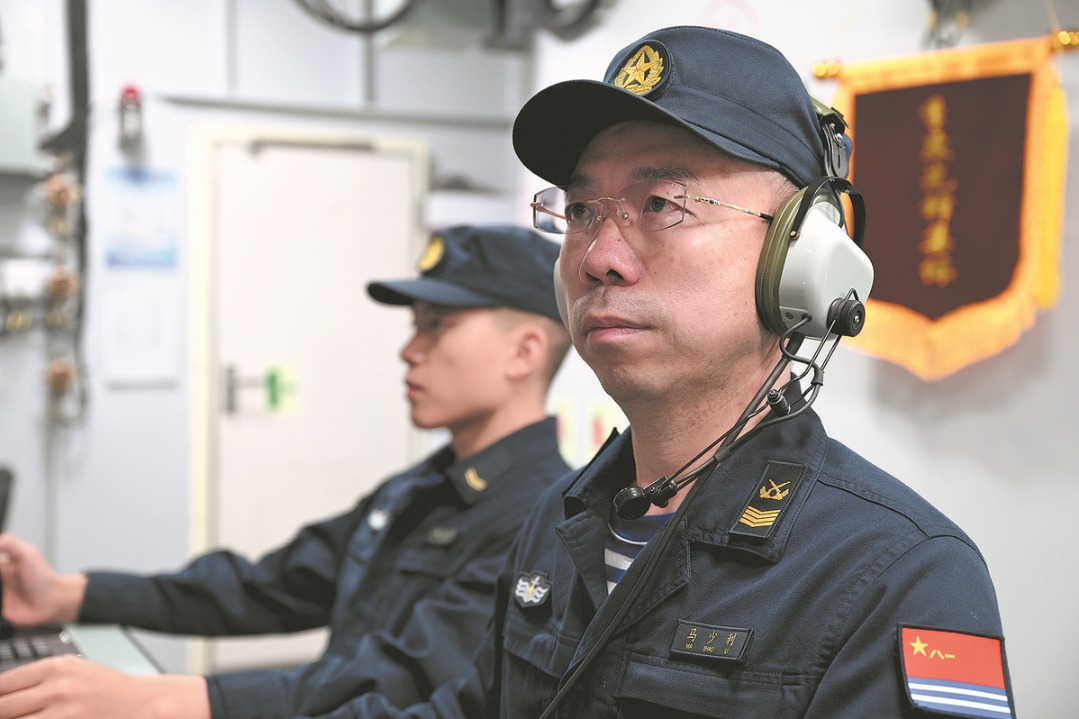Kids crack the code to future success


Financial benefit
Liu Yue, the mother of an 11-year-old in Beijing, said: "I think learning how to code is more important than English for my son. I prefer these coding courses because they have given my son a chance to solve problems with his own logic."
Her son has been taking coding classes twice a week with Mobby, a subsidiary of TAL Education Group, for two years. Each class lasts two hours, but they can run to as long as three hours if there are problems with the applications her son is designing.
Liu spends around 20,000 yuan ($2,925) a year on the classes and said it is money well spent.
"I have never seen him so interested in any class, and he even codes a simple program to solve math problems," she said.
Han Cheng, whose 10-year-old son also takes coding classes at Mobby in Beijing, said high-paying jobs will require some computer programming skills in the future, so learning how to code has a financial benefit.
Coding will be a basic and essential tool in the future, Han said, and learning coding can help his son develop coordination, logic, communication and social skills.
Since 2015, the Chinese government has been issuing guidelines to encourage schools to experiment with science, technology, engineering and math education-known by the acronym STEM-including coding.
The State Council released a guideline last year requiring schools to incorporate coding into computer courses. It also encourages the development of interesting learning tools for coding education.
From this year, Zhejiang province is listing information technology as an optional subject on the national college entrance examination, and programming is an important part. In Beijing and Shanghai, students' programming talent may improve their chances of getting into better high schools.
An AI development plan issued by the State Council in March includes the setting up and promotion of coding education, and encourages institutes and companies to design teaching software and related games.
According to a report released by Tsinghua University in July, China had an AI talent pool of 18,232 people by the end of last year, accounting for 8.9 percent of the world's total and well behind the 13.9 percent share held by the United States.
The report also said China has a shortage of high-level AI talent-those who produce high-quality research-with just a fifth of the number in the US.
But in terms of AI research, China ranks first in the quantity and citation of research papers, and holds the most AI patents, edging out the US and Japan, the report said.
The investment of Chinese startups in STEM education jumped 15-fold from 2014 to 2017, according to a report by Deloitte, with more private-education providers eyeing the market.
- Number of European governments condemned for allowing Lin Chia-lung visit
- AI fear exaggerated: Turing Award winner Richard Sutton
- Shanghai innovation center signs agreement with University of Birmingham
- China resolutely opposes any official exchanges between its diplomatic partners and Taiwan region: FM spokesperson
- Chinese scientists reveal light utilization mechanism of major seaweed species
- Agricultural heritage conference opens in Hunan province





































